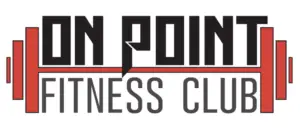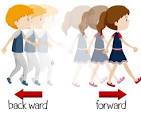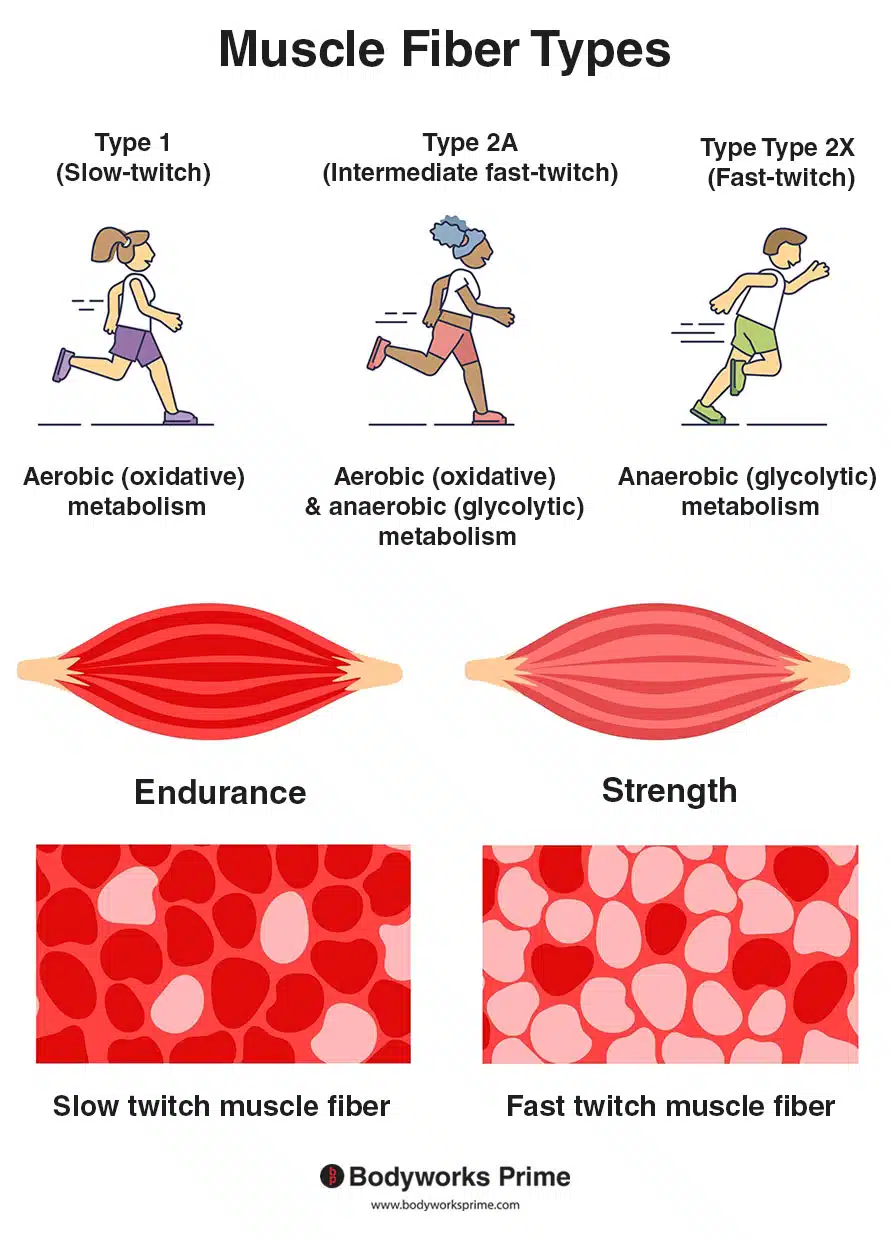If you’ve been training with us lately, you may have noticed a new trend: We’ve been adding a lot more backwards movement into your workouts. Whether it’s walking backwards, dragging a bag, or even doing a loaded farmers carry in reverse, there’s a good reason why we are incorporating these exercises. For many of our members, especially those in the 40 + age group, these moves offer a powerful way to protect your joints, build strength, and stay active for years to come.
Let’s begin with the simplest variation: Just walking backwards.
If you’ve ever dealt with nagging knee or ankle pain, this is one of the best places to start. Unlike forward walking, moving backwards places more emphasis on your quadriceps while reducing stress on the knee joint. In fact, research shows that backward walking can improve pain and function for people with knee osteoarthritis or patellofemoral pain.
There’s also a balance benefit. Backward walking challenges your coordination and recruits muscles like the tibialis anterior (front of the shin) and hip flexors in a way that forward walking does not. This translates to a reduced risk of falling, which can be a major concern as we age. So, something as simple as a few minutes of backward walking on a treadmill or in an open space can have big payoffs for joint health and stability.
Now, let’s add a bit of resistance. When you start dragging a sled, bag, or weighted object backwards, the benefits amplify.
One of the biggest advantages is training your body to decelerate. Many common injuries– whether in sports or in everyday life– happen not when we speed up, but when we slow down or change direction. Backward sled drags strengthen the exact muscles responsible for controlling deceleration, giving your knees and legs the capacity to handle stress more safely.
And while it might look simple, just pulling a sled while walking backwards is quietly one of the most joint-friendly ways to build stronger quads, healthier legs, and better athletic performance.
Much of the recent buzz around backward sled drags comes from Ben Patrick, also known as KneesOverToesGuy, who has popularized this movement worldwide. His philosophy is built around the idea that no one has to “live with bad knees.” Here’s how he frames the benefits:
Zero-Pain Entry Point → Almost anyone can start here, since there’s no harsh lowering phase.
Daily-Friendly → Unlike heavy squats, sled drags can be performed frequently without soreness.
Blood Flow Booster → Pumps nutrients into your joints and connective tissues, aiding recovery.
Quad Strengthener → Builds the strength you need for activities like walking stairs, jogging, or playing sports.
Longevity Tool → A lifelong exercise that keeps knees healthy, whether you’re in your 40s or your 70s.
What the Research Confirms
The science backs up these claims. Studies show that backward sled drags:
-Build quadriceps strength and size without stressing the joints.
-Improve pain and function in people with knee problems.
-Enhance acceleration, deceleration, and agility in athletes.
-Provide a conditioning effect that rivals cardio, but with far less impact.
How to Add It to Your Training
You don’t need to overhaul your workout to get started. Here are a few simple ways to plug backward work into your week:
For Knee Health: Light load, 20–100 yards at a steady pace.
For Strength: Moderate load, 15-50 yards.
For Conditioning: Light load, 30 seconds on / 30 seconds off for several rounds.
For Performance: Heavy load, short 10–20 yard bursts.
The Bottom Line
Get your rearview mirrors ready! Backward walking and sled drags aren’t flashy, but they may be one of the most valuable tools you can add to your routine. For those of you in your 40s, 50s, and 60s, these exercises offer a safe way to strengthen your legs, protect your knees, improve balance, and keep you doing the activities you love.
In other words: Sometimes the best way forward is to take a few steps back.
Yours in strength,
Nick, Tom, and Hunter





